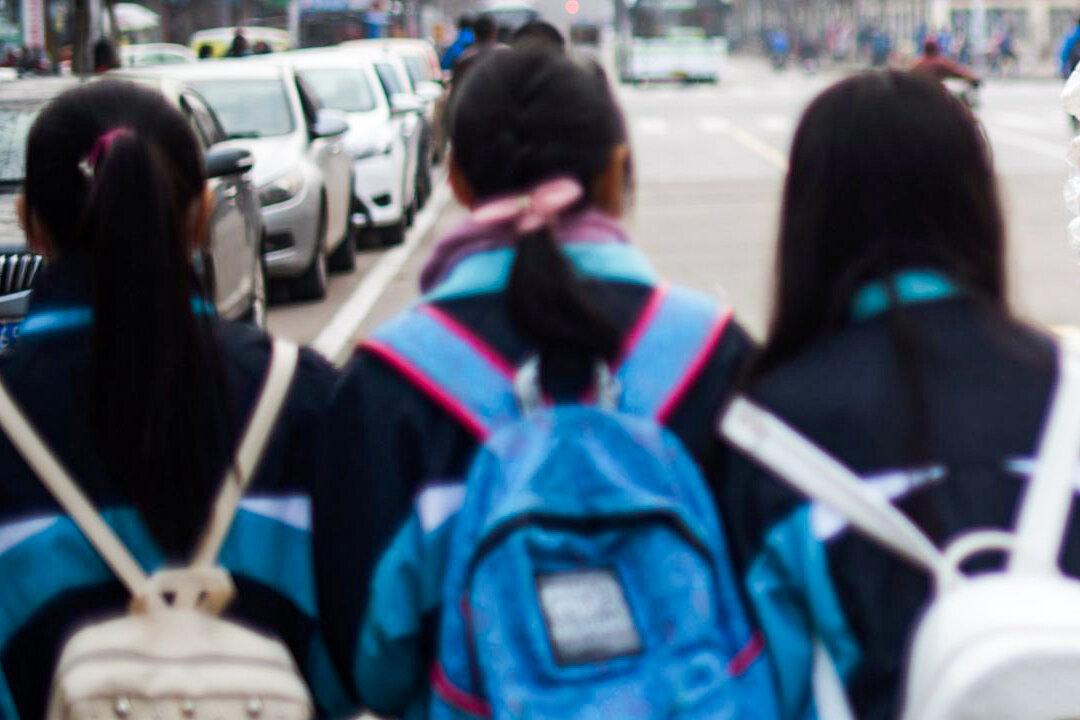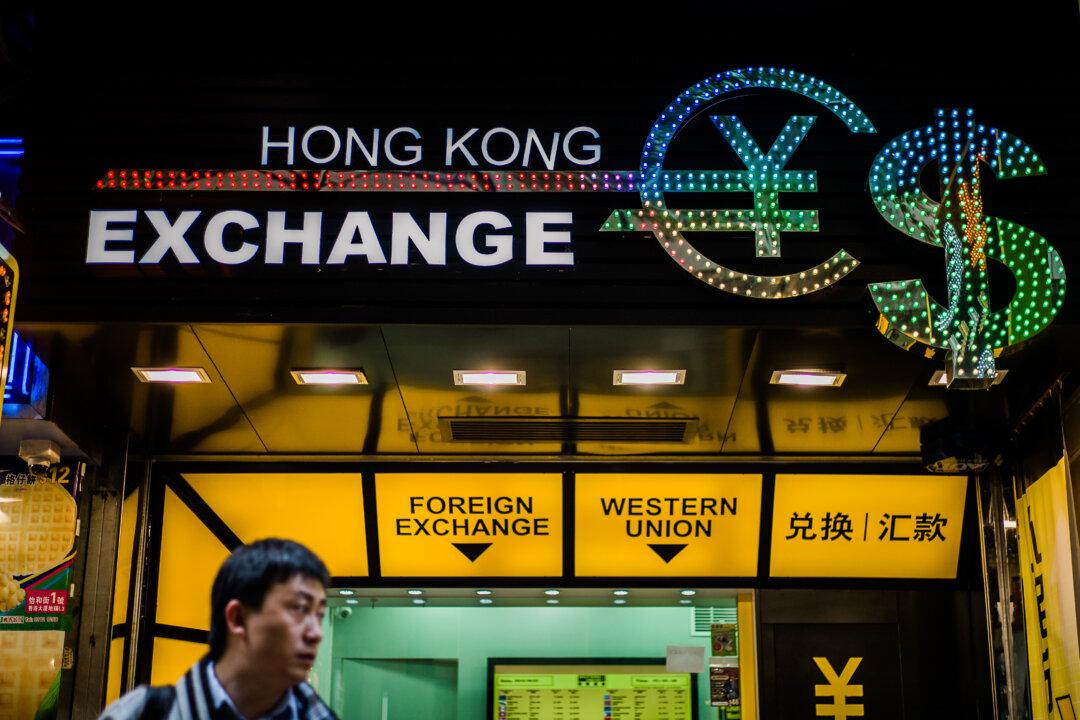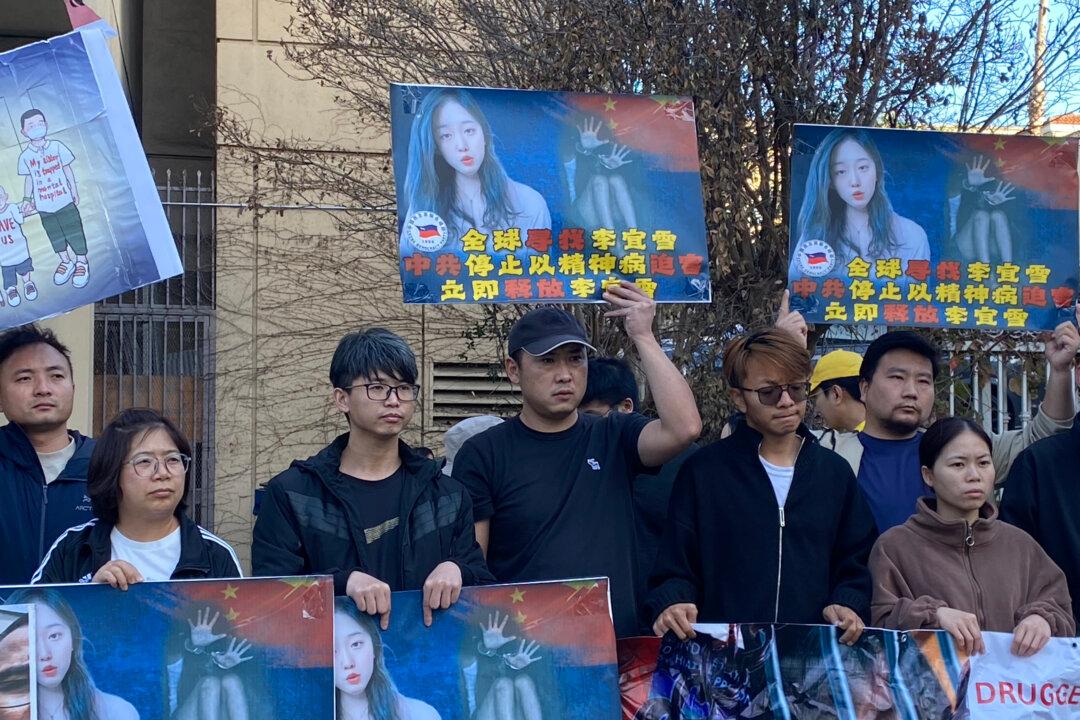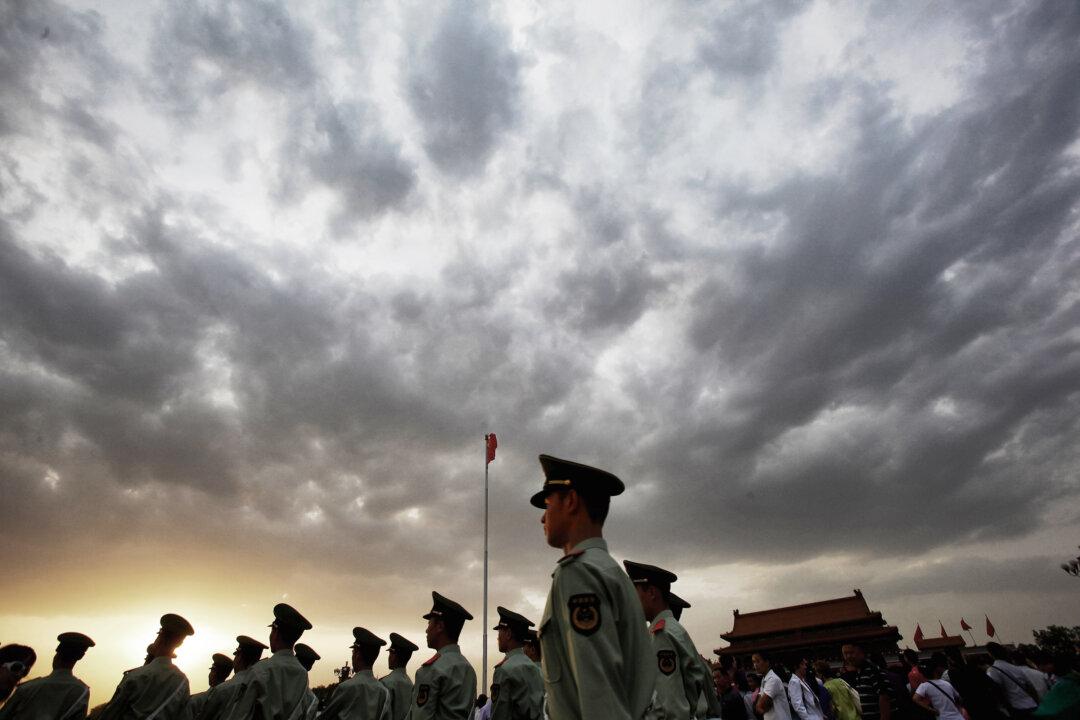The pervasive crime of trafficking in females is rampant in China, and the reasons run deep.
Unfortunately, it is difficult to accurately ascertain the number of women in China who have been trafficked, but past state media reports provide some evidence of the tally.
On Feb. 16, 2015, reporters of the Legal Daily, a state-run Chinese newspaper, learned from the regime’s Ministry of Public Security that more than 30,000 trafficked females were rescued in 2014.
Legal Daily also reported that on March 29, 2012, reporters learned from China’s anti-trafficking training course that as of 2009, a total of 23,341 cases of abduction and trafficking of thousands of females were identified, while 45,702 abducted females were rescued.
In 1989, a book titled “Ancient Evils - Documentary of the National Women’s Abduction and Trafficking,” written by Xie Zhihong and Jia Lusheng, was published. Official data cited in the book showed that 48,100 females from all over China were trafficked to six counties administered by Xuzhou (the city where the shackled mother was found). Among them is Niulou village of Yizhuang township, where abducted females who were bought accounted for two-thirds of the young married women in the village.
It is impossible to know the number of females who have yet to be rescued or how many have been trafficked in other years.
Serious Gender Imbalance
According to the Communiqué of the Seventh Population Census released by the Chinese authorities in May 2021, the ratio of males to females in China is 105.07 to 100. Based on China’s total population of 1.41 billion, there are 33 million more men than women. The imbalance in rural areas is even more notable, where the male-to-female ratio is as high as 107.91 to 100.In previous years, the disproportion was even more severe. According to a study by Hong Kong-born American journalist Leta Hong, the ratio of male-to-female babies born in China reached a peak of 121 to 100 in 2008.
The results of the 2010 Chinese census were the most acute, with the ratio of males to females born in the 1980s being 136 to 100, and the ratio of those born in the 1970s reaching 206 to 100.
Regarding the phenomenon of gender imbalance, Dudley Poston, a professor at Texas A&M University who has long studied China’s population policy, predicted that between 45 and 50 million single men in 2020 could not find a spouse due to a shortage of females in the population.
Poverty in the Countryside
Luo Shihong, a professor in the Department of Communication Studies at Chung Cheng University in Taiwan, believes that another reason for the abduction of females is China’s unfair household registration policy coupled with the extreme poverty of people in rural areas.After the Chinese Communist Party (CCP) seized power in China, the household registration system adopted the dual management of urban and rural areas, and linked the allocation of all social resources, including education, employment, and welfare benefits, to household registration.
The holders of rural household registration have long been at the bottom of society because they are not given the same resources as those with urban household registration.
Indifference of Officials
Although CCP officials have claimed on different occasions that the abduction and trafficking of females must be severely and swiftly punished and must not be tolerated, such talk is usually regarded as tokenism.Chang Ping, a well-known Chinese media personality, said in his commentary article that in any of the hardest-hit areas of human trafficking, it is known to all which families purchased their daughters-in-law, but the local authorities never take the initiative to acknowledge the problem, actively participating in and maintaining the human trafficking network. Only when the victim’s family demands action from the local police, or when a symbolic crackdown is called for, will the local police be forced to rescue them.
A video of a lecture made in 2020 by Luo Xiang, a professor at the China University of Political Science and Law, was also recently circulated on the internet. Luo gave a vivid example of the situation. He said that the maximum sentence for illegally buying a parrot is five years, while the maximum sentence for illegally buying one to a dozen women is three years, which is equivalent to the maximum sentence for illegally buying 20 toads. Therefore, a Chinese female is valued less than a parrot and is only comparable to a toad. Luo also stated that if there were no buyers, there wouldn’t be any sellers. It is because the punishment for buyers is so light that there are so many sellers.
The CCP is not only indifferent but to some extent even conniving. Luo Shihong pointed out that the CCP’s official top-down stability maintenance logic has further exacerbated the problem of trafficking in females. The phenomenon of human trafficking, although completely incorrect legally, morally, and politically, has helped the authorities to maintain “stability” in the countryside. Otherwise, a large number of unsatisfied singles from rural areas with no hope of marrying could become a factor in social unrest.
In November 2013, a lengthy report published by the CCP-backed Hong Kong Phoenix Weekly, “The Dark Curtain of Chinese Organ Trading,” acknowledged that in the past decade, “organ transplant tourism” to China has increased significantly. According to the analysis of international medical experts, it is believed that there is a huge underground human organ bank and even a live organ bank in China.
The article also stated that Falun Gong practitioners, prisoners in labor camps, socially displaced people, and abducted women and children may all be the targets of organ theft.
A large number of females are abducted and then forced into prostitution. The Organization Against Human Trafficking under UNESCO (UNIAP) has analyzed trafficking victims in China. The agency studied 800 cases between 2006 and 2007 and found that 19 percent of the trafficked females were forced into prostitution, while 42 percent did not disclose to whom they were sold.
These activities differ from trafficking females solely for forced marriages in that the sales are not to people in the mountains or the countryside, but to those in big cities.





